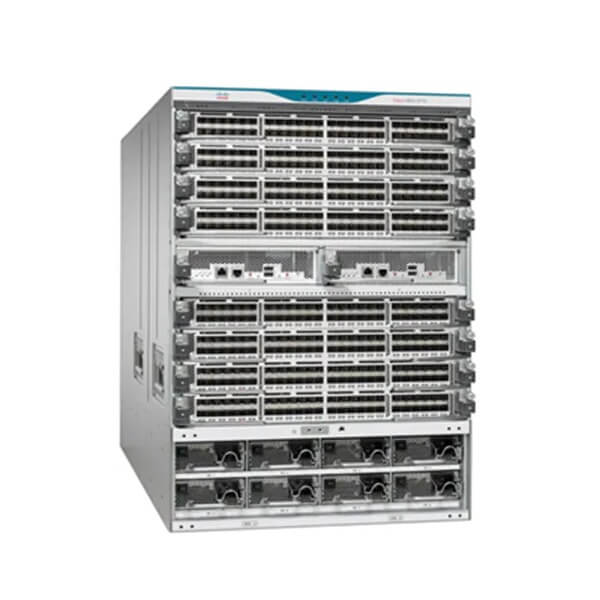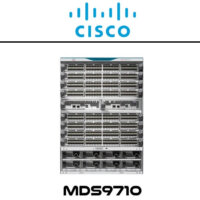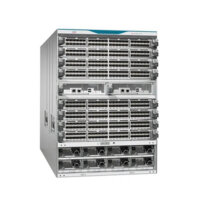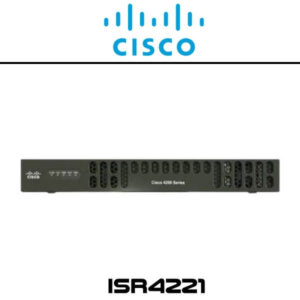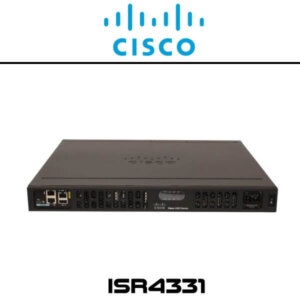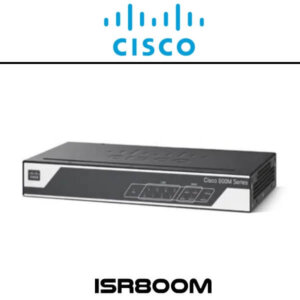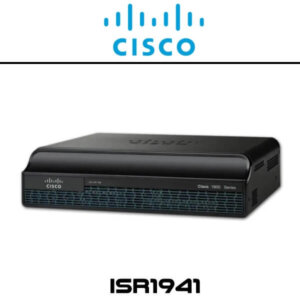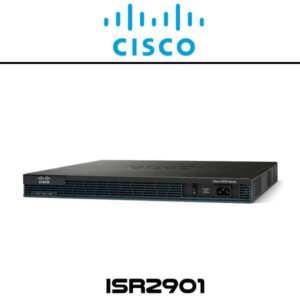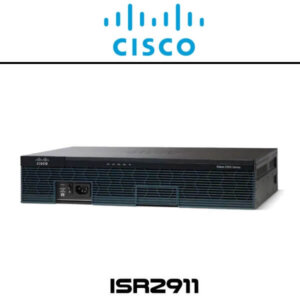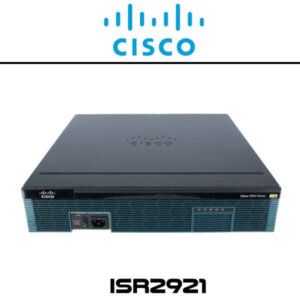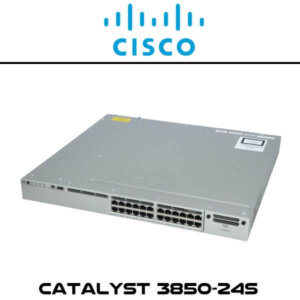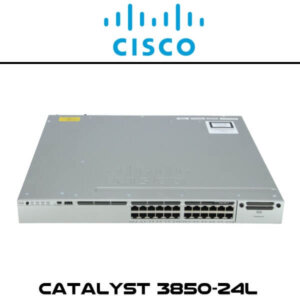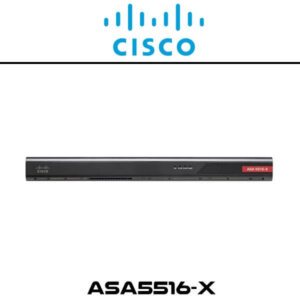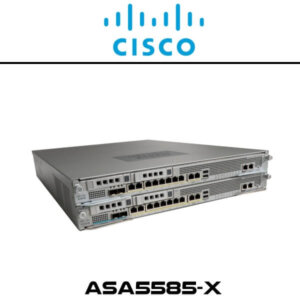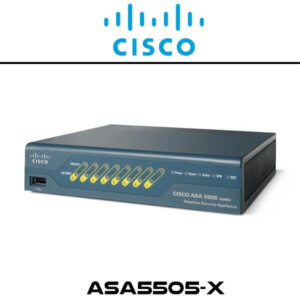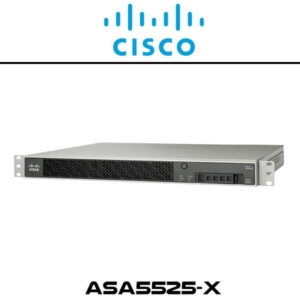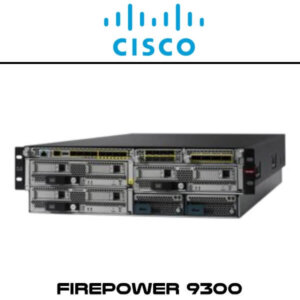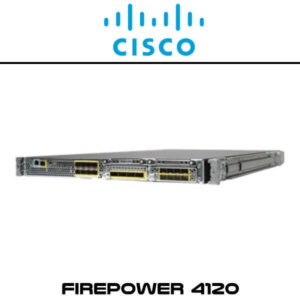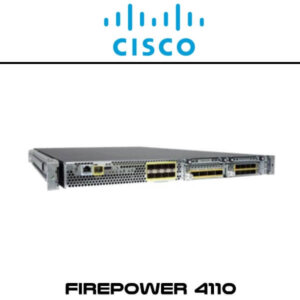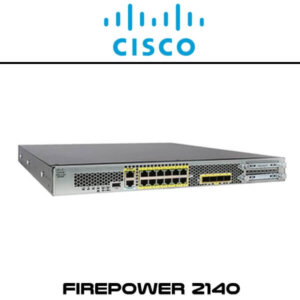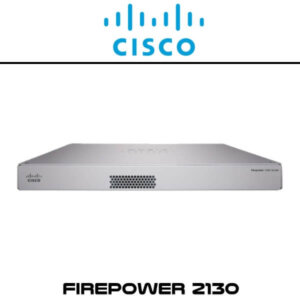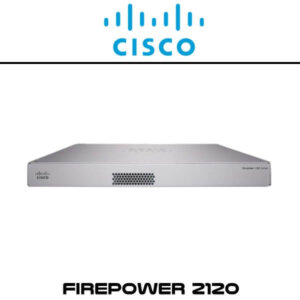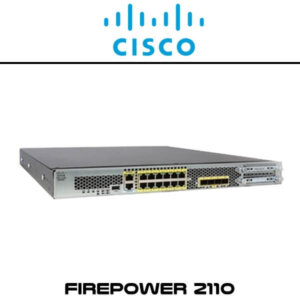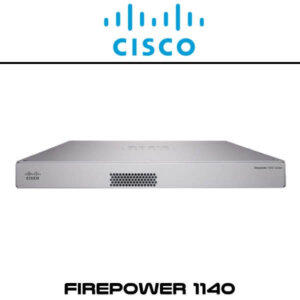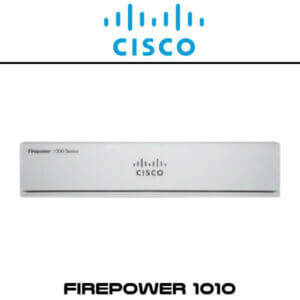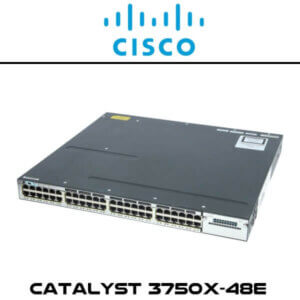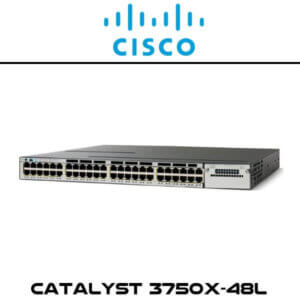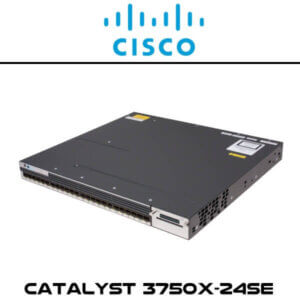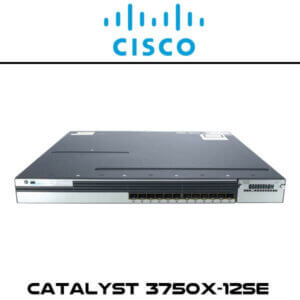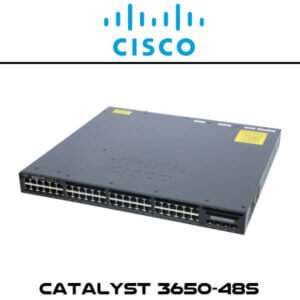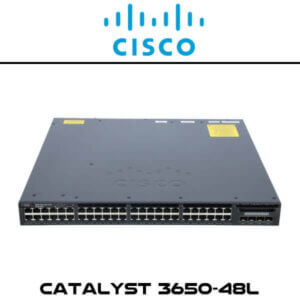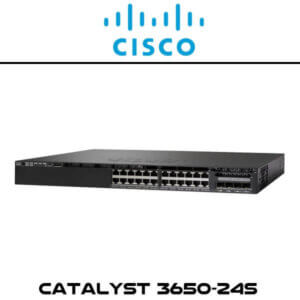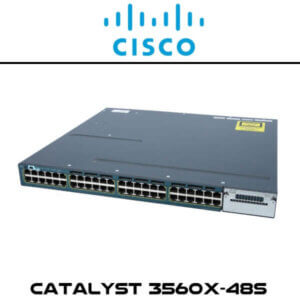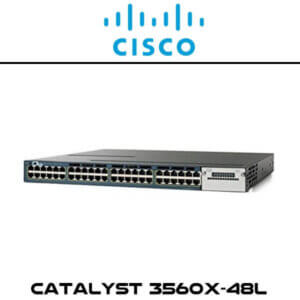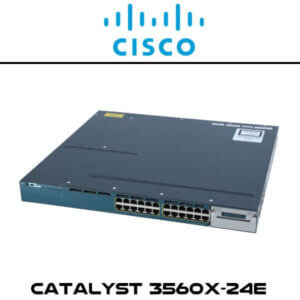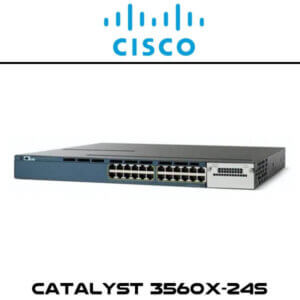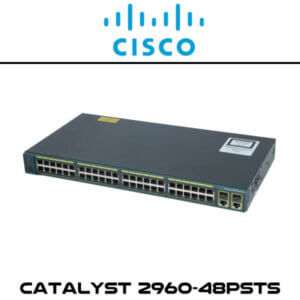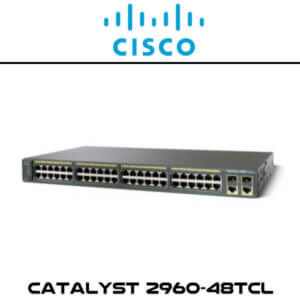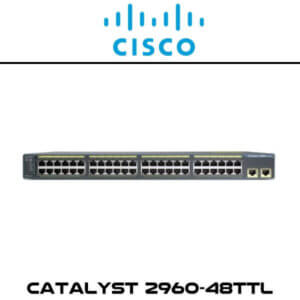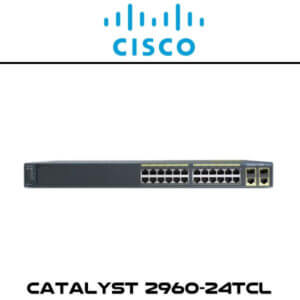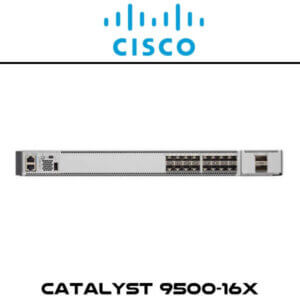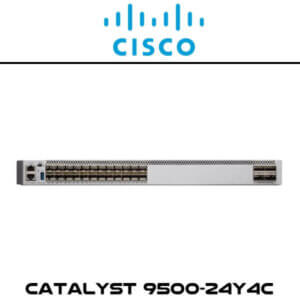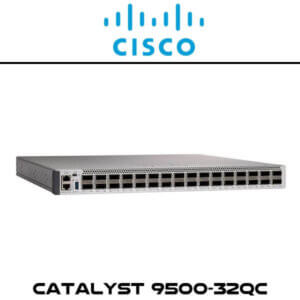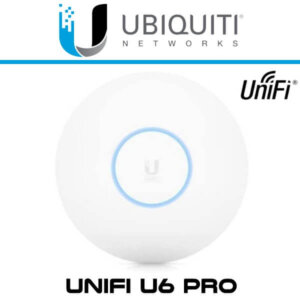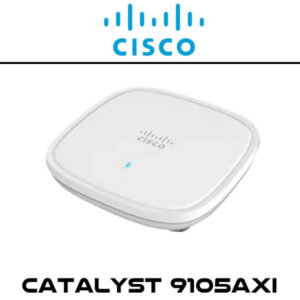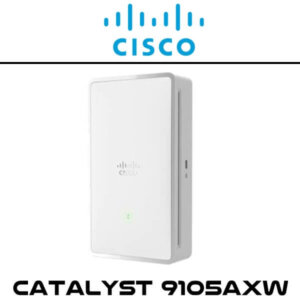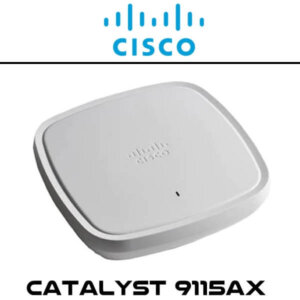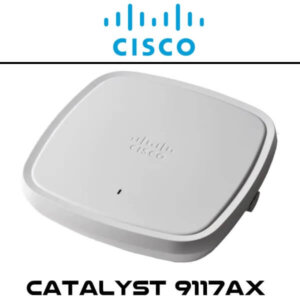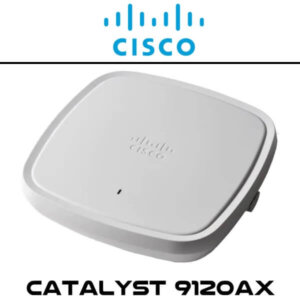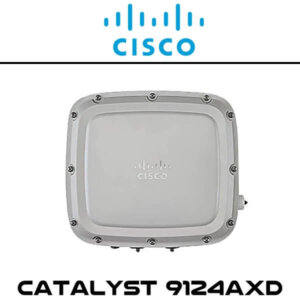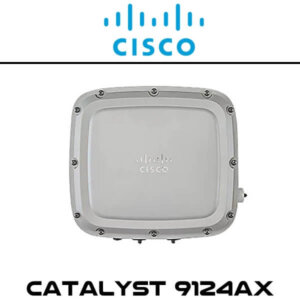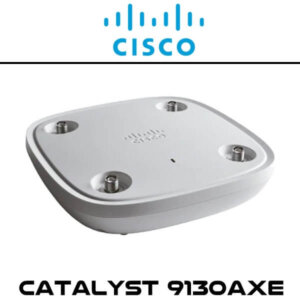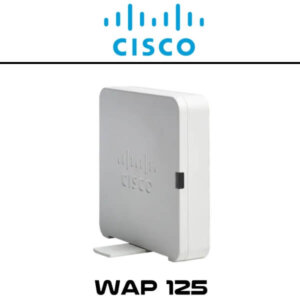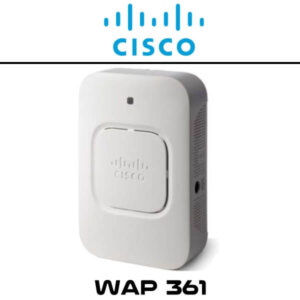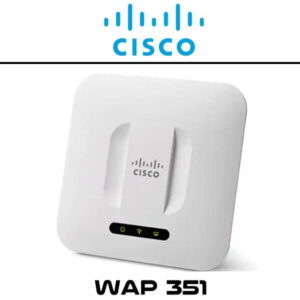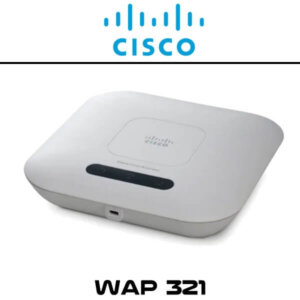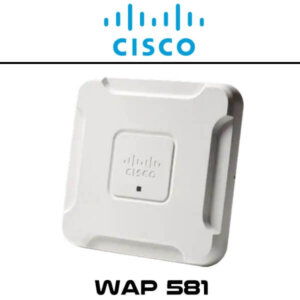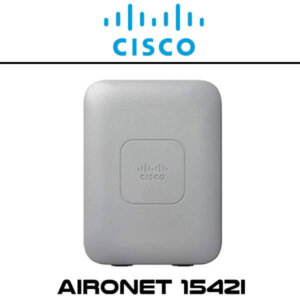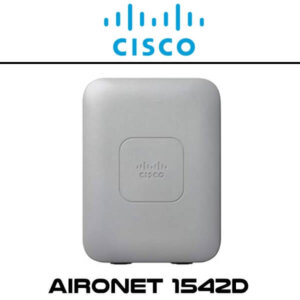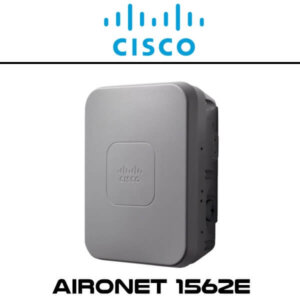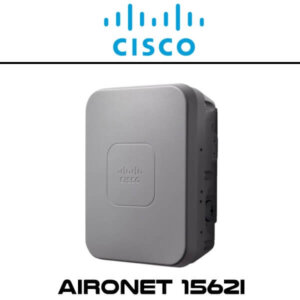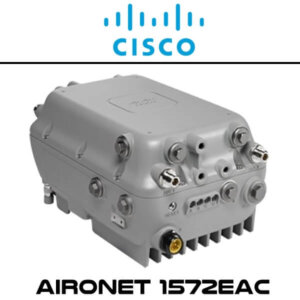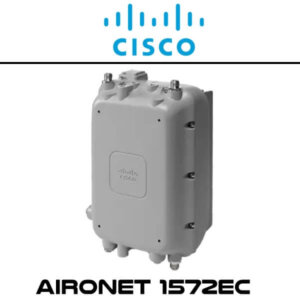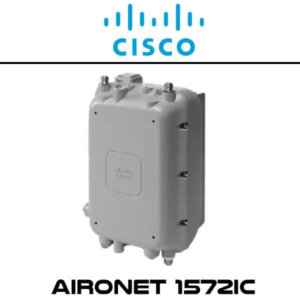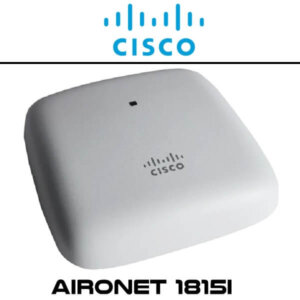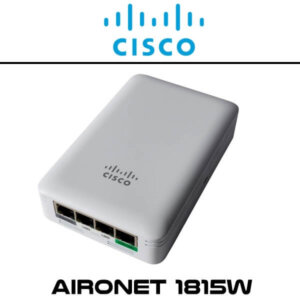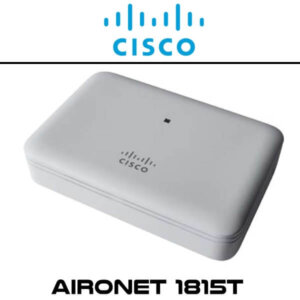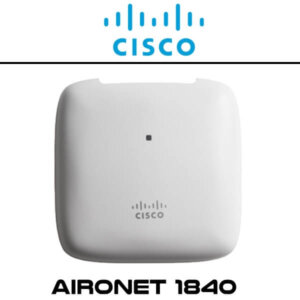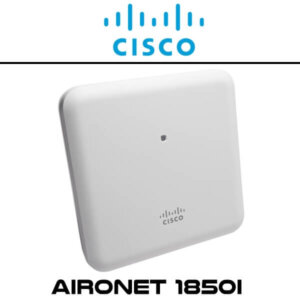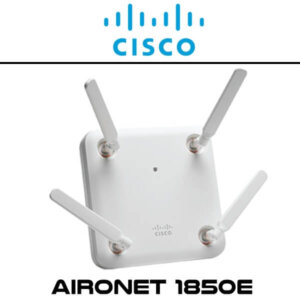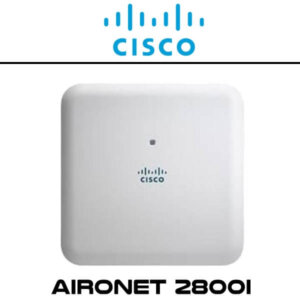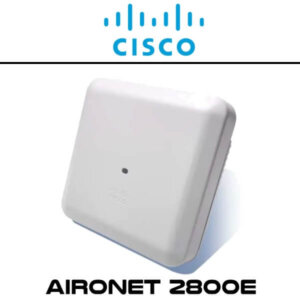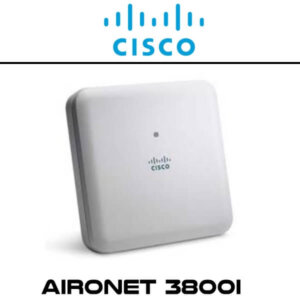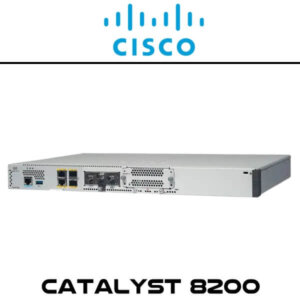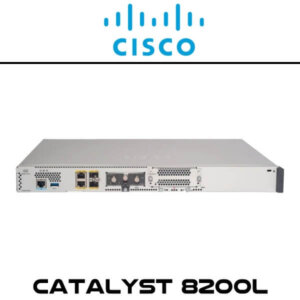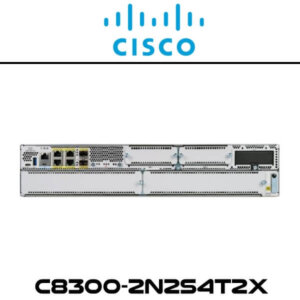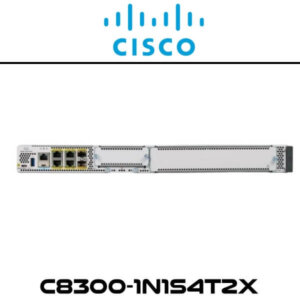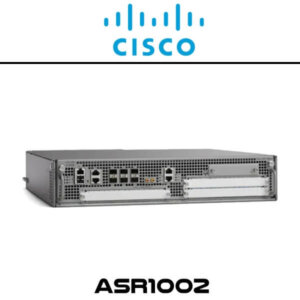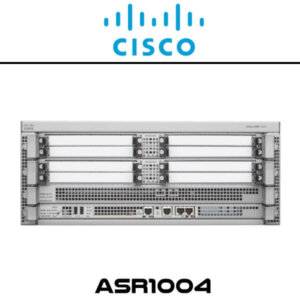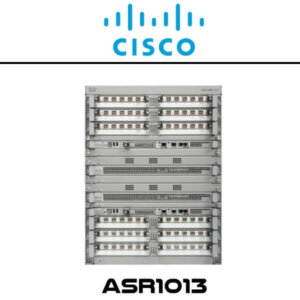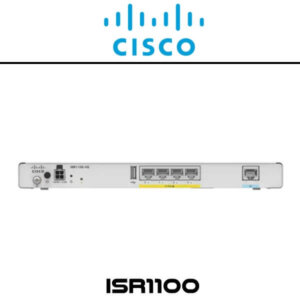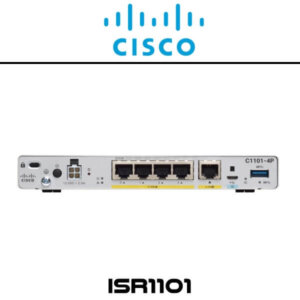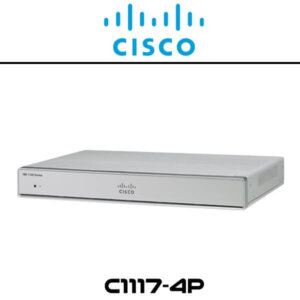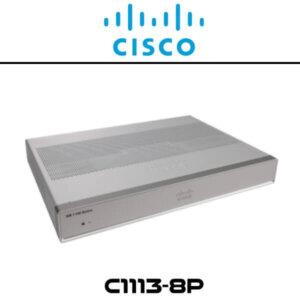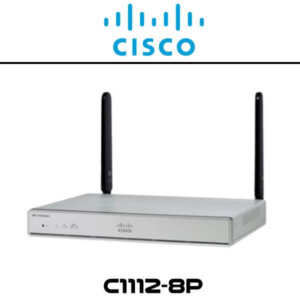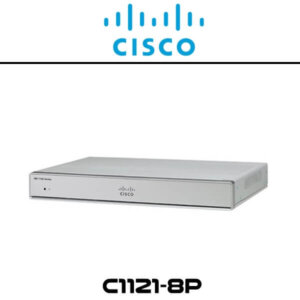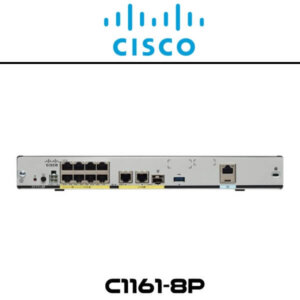Description
Cisco MDS9710 Multilayer Director Kuwait
The Cisco MDS9710 Kuwait Multilayer Director is a director-class SAN switch designed for deployment in large-scale storage networks to enable enterprise clouds and business transformation. Layering a comprehensive set of intelligent features onto a high-performance, protocol-independent switch fabric, the Cisco MDS 9710 addresses the stringent requirements of large virtualized data center storage environments : uncompromising high availability, security, scalability, ease of management, and transparent integration of technologies for extremely flexible data center SAN solutions. Sharing the same operating system and management interface with other Cisco data center switches, the Cisco MDS9710 Kuwait enables seamless deployment of unified fabrics with high-performance Fiber Channel, IBM Fiber Connectivity (FICON), and Fiber Channel over Ethernet (FCoE) connectivity to achieve low total cost of ownership (TCO).
Features :
- Outstanding speed : The combination of the 16-Gbps, 32-Gbps Fibre Channel switching module and MDS 9710 Crossbar Switching Fabric-3 Module enables up to 3.5 Terabits per second (Tbps) of front-panel Fibre Channel throughput between modules in each direction for each of the eight MDS 9710 payload slots. Based on central arbitration and a crossbar fabric, the Cisco MDS9710 Kuwait architecture provides line-rate, nonblocking, predictable performance for all traffic conditions for every port up to the future 64-Gbps speed in the chassis.
- High availability : Get best-in-class availability. The Cisco MDS9710 Kuwait is the first director-class switch in which all major components, even the fabric card, are redundant. Obtain grid redundancy with the power supply and 1+1 redundant supervisors, and add another fabric card to enable N+1 fabric redundancy (32-Gbps). The MDS 9710 combines non-disruptive software upgrades, stateful process restart and failover, and full redundancy of all major components for best-in-class availability.
- Fully integrated SAN analytics : This best-in-class enterprise switch also offers state-of-the-art SAN analytics and telemetry capabilities that have been built into this next-generation hardware platform. This new state-of-the-art technology couples the next-generation port ASIC with a fully dedicated network processor (NPU) designed to complete analytics calculations in real time on the 32-Gbps line card. This new capability is extended due to the hardware capabilities of the 48-port 32-Gbps line card (DS-X9648-1536K9). The telemetry data extracted from the inspection of the frame headers are calculated on board (within the switch) and, using an industry-leading open format, can be streamed to any analytics-visualization platform.
- Industry-leading scalability : Power the largest storage environments with up to 24 Tbps of Fibre Channel bandwidth. A single chassis delivers 384 2/4/8-Gbps, 4/8/16-Gbps, 8/16/32-Gbps full line-rate, or 10-Gbps full line-rate autosensing Fibre Channel over Ethernet ports, and a single rack supports up to 1152 Fibre Channel ports.
- Future readiness : With the long-lasting chassis, customers have the flexibility of doing in-place, online upgrades to the new fabric module, Cisco MDS9710 Kuwait Crossbar Switching Fabric-3 Module. With the new fabric switching modules, the switch can be upgraded to support 64-Gbps line-rate ports. MDS 9710 Crossbar Switching Fabric-3 Module supports double the bandwidth of Fabric-1 and thus only half the number is needed to support currently shipping 32-Gbps line cards.
- Intelligent network services : Migrate your SAN islands to enterprise-wide storage networks with VSAN technology, Access Control Lists (ACLs) for hardware-based intelligent frame processing, and fabric-wide Quality of Service (QoS).
- Integrated hardware-based VSANs and Inter-VSAN Routing (IVR) : Integration of VSANs into port-level hardware allows any port in a system or fabric to be partitioned to any VSAN. Deliver line-rate routing between any ports in a system or fabric without the need for external routing appliances.
- Intelligent storage services : Interoperability with intelligent service capabilities on other Cisco MDS 9000 Family platforms and the intelligent services switch provide services such as acceleration of storage applications for data replication, backup, and data migration to hosts and targets.
- Smart Zoning : Efficiently provision hardware access control entries specified by the zone set. Match smart zones to applications, application clusters, hypervisor clusters, or other data center entities. Avoid superfluous entries that allow servers (initiators) to talk to other servers or storage devices (targets) to talk to other storage devices. You’ll gain larger zones with multiple initiators and targets without consuming excessive hardware resources. Automate zoning tasks and avoid creating many small zones.
Quick Specs
Minimum Software Requirements
- Cisco MDS 9000 NX-OS Software Release 6.2(9) or later
Port Types
- 48-port Fibre Channel module supporting 4/8/16/32-Gbps autosensing (optionally configurable) Fibre Channel ports
- 48-port FC module supporting 2/4/8/16-Gbps autosensing (optionally configurable) and 10-Gbps fixed rate FC ports
- 48-port FCoE module with 10-Gbps FCoE ports
- 24-port FCoE module with 40-Gbps FCoE ports
- 24/10 SAN extension module with 24 ports at 2/4/8/10/16 Gigabit Ethernet Fibre Channel, 8 ports at 1/10 GE, and 2 ports at 40 GE for FCIP
- NVMe over Fibre Channel support on all ports
Advanced Functionality
- Virtual SAN (VSAN)
- Inter-VSAN Routing (IVR)
- PortChannel with multipath load balancing
- Flow- and zone-based quality of service (QoS)
- N_Port ID Virtualization (NPIV)
- Integrated Analytics
Reliability and Availability
- Online, non-disruptive software upgrades
- Stateful, non-disruptive supervisor module failover
- Hot-swappable redundant supervisor, fabric, and switching modules



